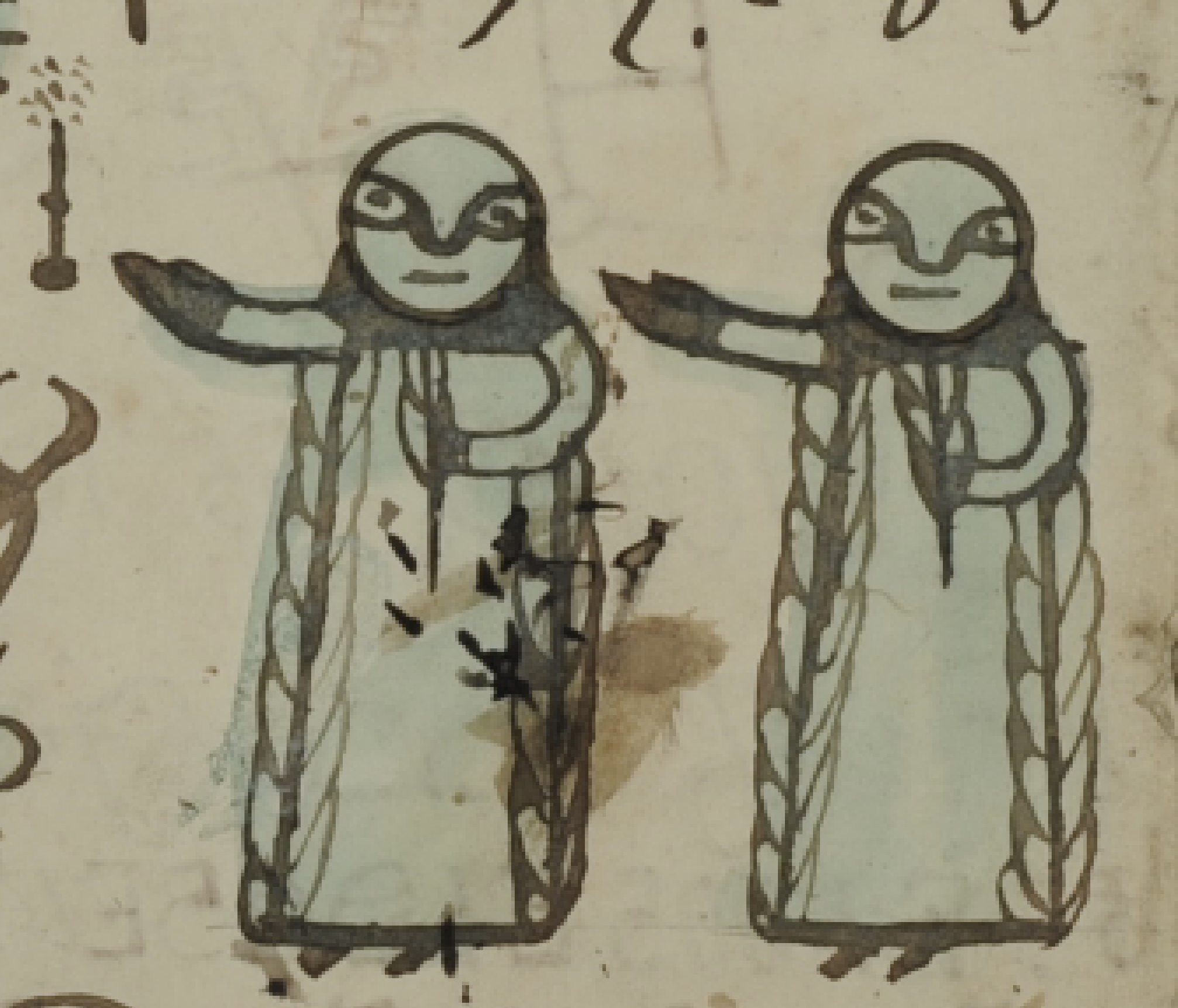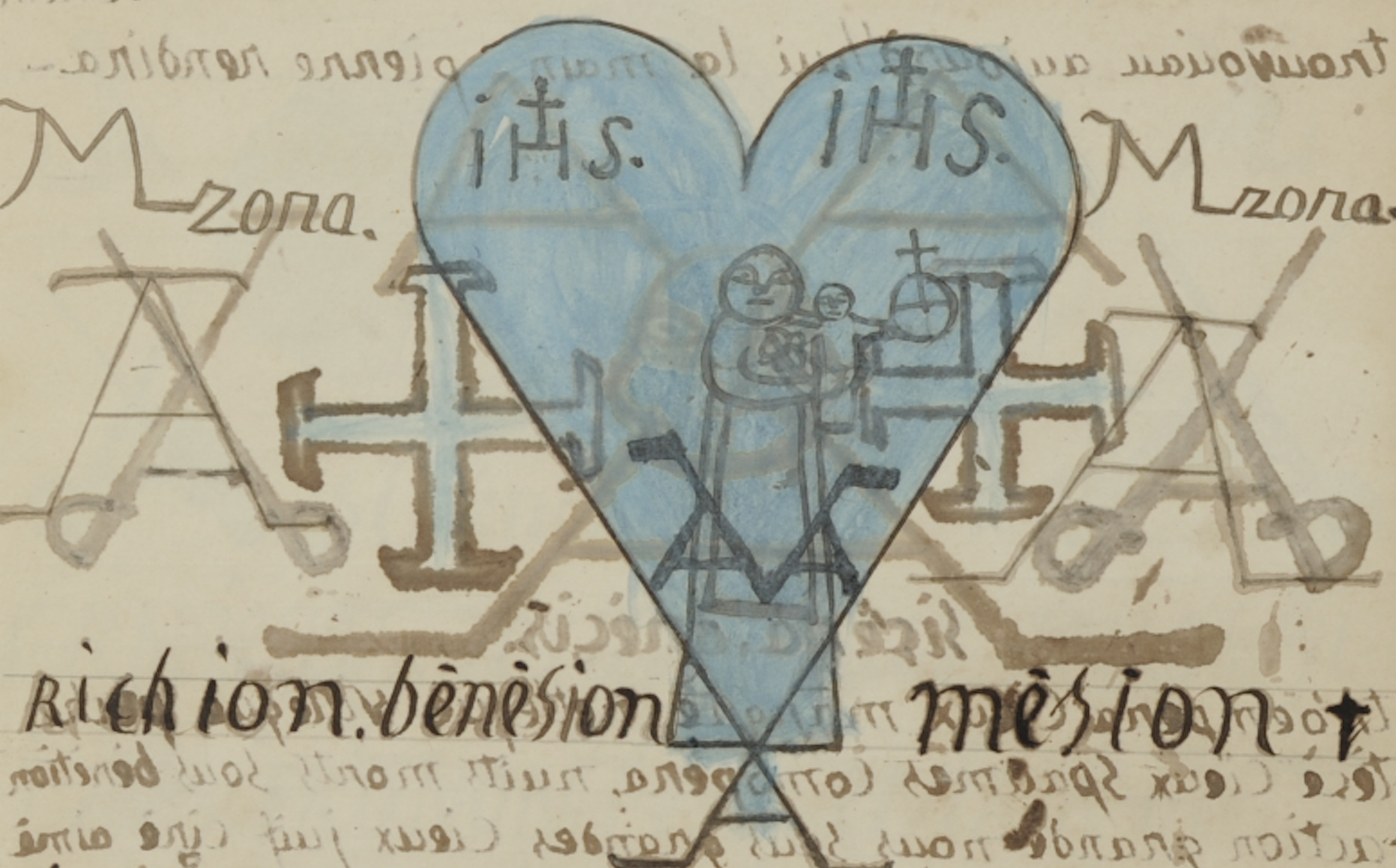Alexander Roob]
[March 20, 2014
The rehabilitation. Gustave Doré in Paris, Strasbourg and in Ottawa.
Nicht übersetzt:
The profession of illustration and the disrepute it got into are both a product of 19th century industrialized journalism. The business´ high altitude flight as well as it´s crash are manifest in the work of one single person, the Alsatian graphic artist, painter and sculptor Gustave Doré (1832-1883). Along with Gustave Courbet he was the most popular artist of this era. His oeuvre includes the complete range of contemporary fictional illustration in mass effective manifestation. As Doré was always on the pursuit for superlatives it is difficult to highlight single works of his immense production.
André Gill, Gustave Doré, L Eclipse, 3.5.1868 (MePri-Coll.)
Dorés work and the immense impact it had on a variety of cultural branches are shown simultaneously in two exhibitions, one in the Museum of Modern and Contemporary Art in his native town Strasbourg, the other in the Musée d´Orsay in Paris, a show that changes subsequently to the National Gallery of Canada in Ottawa. There is no jubilee in sight and one asks for reasons for such a massive presence of an artist who always belonged to the best neglected and despised protagonists of the art world. Maybe there are topical causes, foreseen by clairvoyant curators. It is known that young Doré owed his meteoric rise as an illustrator to the pictorial implications of the Crimean War. In the shadows of this major conflict he created some of his most innovative works. The biting anti-Russian graphic novel Histoire…de la Sainte Russie (1854) shows him as one of the main inventors of the graphic vocabulary of the modern Comic Strip. As a so called homeartist he also created a load of graphic war reports for the The London Illustrated News and for the Crimean War Magazine Museé Francais – Anglais, which was edited by the legendary Charles Philipon, the discoverer of Doré and masterminder behind Daumier. Also Dorés first efforts in large-scale history painting were connected with the Crimean War, which was then at the edge of becoming a world conflict.
Gustave Doré, Histoire pittoresque de la Sainte-Russie 1854, Ausgabe München 1917 (MePri-Coll.)
The exhibition in Strasbourg, curated by Guillaume Dégé, is called Doré & Friends. It concentrates on the early Comic-Doré and his influence on graphic artists and contemporary filmmakers. Contributors are André Gill, Charles Philipon, Rodolphe Töpffer, Cham, Grandville, Jossot, Alphonse Allais, Willem, Li Fan, Walter Swennen, Blutch, Winshluss, Greg Shaw, Reiner Zimnik, Francis Picabia, George Grosz, Max Beckmann, Paul Klee, Iris Levasseur, Raymond Pettibon, Daniel Dezeuze, Julien Cardoso, Antoine Marquis, Ernest T. Albums, Guillaume Dégé, Jacques Demy, Jean Cocteau, Terry Gilliam and Stéphane Calais. One wonders, why Wilhelm Busch is not included. The German godfather of Comics can be regarded as a kind of satellite of the coeval graphic prodigy.
Doré & Friends, Musée d’Art Moderne et Contemporain Strasbourg, 21.02.2014 – 25.05.2014
Gustave Doré & Blanchard Jerrold, London. A Pilgrimage, London 1872(MePri-Coll.)
Gustave Doré, Versailles et Paris en 1871, Paris 1907 (MePri-Coll.)
The exhibition at the Orsay is a solid museal retrospective, which displays all aspects of giant Doré: the illustrator, the graphic reporter, the history painter, the genre painter, the landscape painter, the sculptor and the forrunner of the filmic dream factories from the early silent movies to nowadays digital fantasies. Despite all his groundbreaking works Doré ended as a broken man, – the most sucessful illustrator missing those recognition as a fine artist he eagerly yearned for. Later in his life he fled the devastating criticisms in France and changed to England , where he established his own museum, the Doré Gallery in London.
The last Doré-exhibition in Paris was in 1983. Maybe it will take another span of thirty years till the time is ripe to show him together with his French successsor Bernard Buffet, an artist, who worked with a similar concept, achieved a comparable level of success and influence and met a similar fortune with the curators and art critics.
Gustave Doré. L’imaginaire au pouvoir, Musée d’Orsay, Paris, until 11 May.
The exhibition will also be shown at the National Gallery of Canada, Ottawa, 12 June – 14 September 2014. An English version of the catalogue is in preparation.
Click here to watch the exhibition film of the Musée d’Orsay






